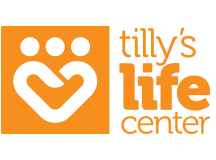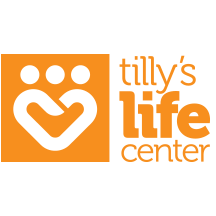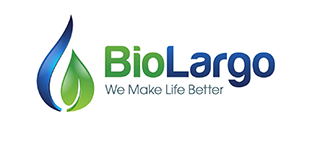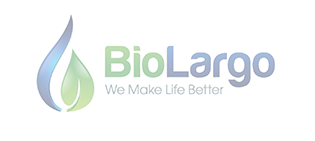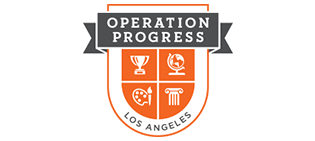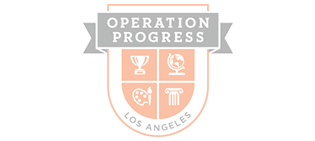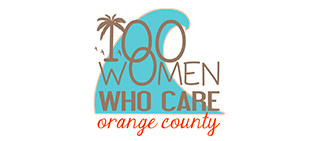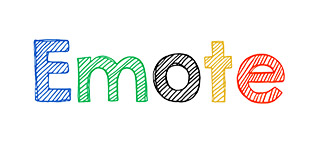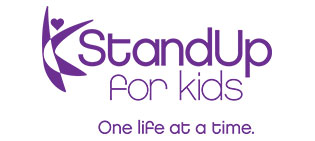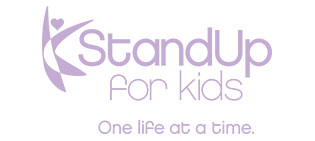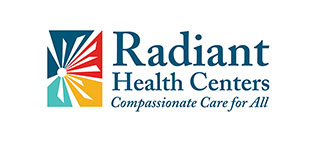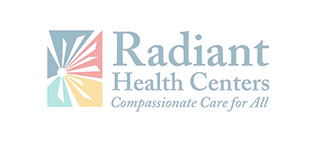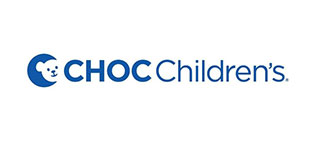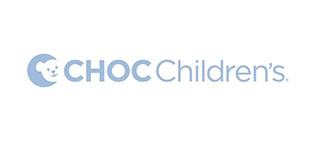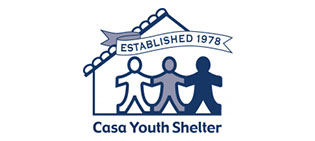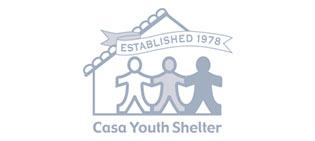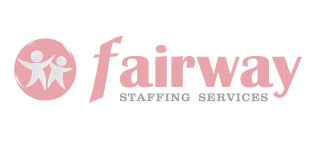CDC Youth Risk Behavior Survey
35%
Alcohol consumption
23%
Marijuana use
22%
Riding in car driven by someone who has been drinking
30%
Teens feeling sad or hopeless for at least two weeks
17%
Seriously considered attempting suicide
According to the CDC’s Youth Risk Behavior Survey, teens today engage in a host of risky behaviors including alcohol consumption (35%), marijuana use (23%), and riding in a car driven by someone who has been drinking (22%). Additionally, 30% of teens report feeling sad or hopeless for at least two weeks, and 17% have seriously considered attempting suicide. Unfortunately, these high-risk behaviors can result in dire or long-term consequences that last well into adulthood
CDC Prevention
0%
Proportion of children between the ages of 12 & 17 visiting an emergency department because of a mental health crisis.
The U.S. Centers for Disease Control and Prevention reported that from April through October of 2020, the proportion of children between the ages of 12 & 17 visiting an emergency department because of a mental health crisis increased by 31 percent compared to that same time period in 2019.
Long-Term Consequences
Gen Z Teens (13-17)
Gen Z Adults (18-23)
The potential long-term consequences of the persistent stress and trauma created by the pandemic are particularly serious for our country’s youngest individuals, known as Generation Z (Gen Z).
Our 2020 survey shows that Gen Z teens (ages 13–17) and Gen Z adults (ages 18–23) are facing unprecedented uncertainty, are experiencing elevated stress and are already reporting symptoms of depression.
TLC’s “I Am Me” curriculum
Our “I Am Me” Program is a sustainable, life-long mental health solution to the growing social and emotional crises affecting teens and preteens today. Through TLC, students develop coping strategies that strengthen their self & social awareness, self-management, relationship skills, stress reduction and responsible decision making. By providing youth with an opportunity to apply different wellness techniques like journaling, mindfulness moments, art, role play & guided discussions, teens begin to adopt a positive mindset which enables them to successfully move past trauma, navigate challenges and thrive.
Target Outcomes Include:
A. – Improved Motivation and Purpose
B. – Increase in Self-Management and Coping Skills
C. – Learned Problem-Solving and Effective Communication
D. – Greater Self-Discipline and Impulse Control
E. – Improved Social Engagement and Relationship Skills
F. – College and Workforce Preparation
G. – Positive Thinking and Confidence
Research on youth empowerment programs has shown that similar interventions can improve social skills, school performance, and resilience to stress, which in turn, reduces problem behaviors such as alcohol and drug consumption.
TLC’s program incorporates elements of the Theory of Mindset and the Psychology of Happiness, both of which are well-known interventions that can positively impact teen’s choices resulting in improved grades, study habits, and overall feelings of well-being. A pilot study of the “I Am Me” program revealed a positive impact on drive, defined as the extent to which students hold beliefs that motivate them to set goals, as well as an increase in independence for older students (ages 15-18).
